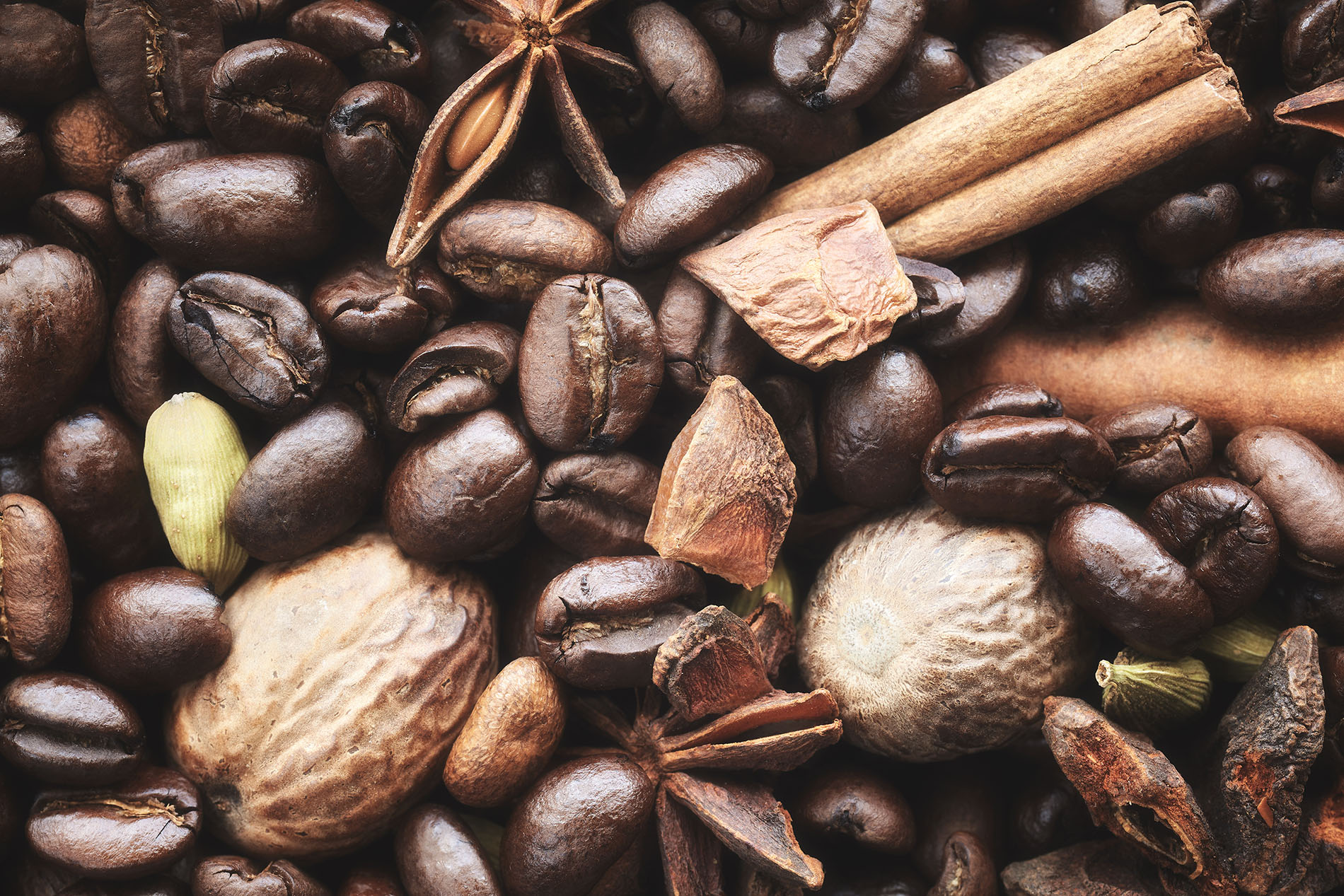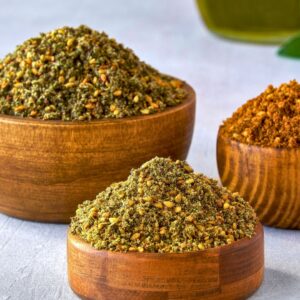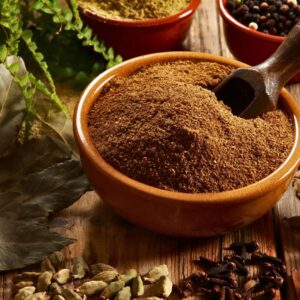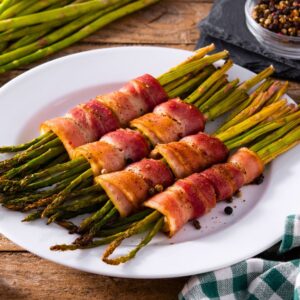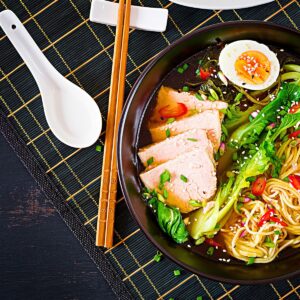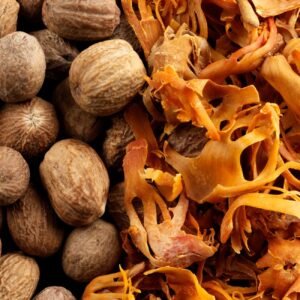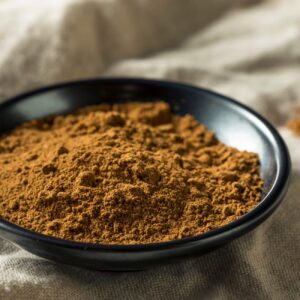Written for Spice Station Silverlake by: Amanda Csolak
From the aromatic cardamom notes in Turkish coffee to the ubiquitous pumpkin spice latte, the relationship between coffee and spices has gone on for almost as long as people have been enjoying sipping on coffee. Today, those who love the coffee bean enjoy adding many different spices to their cup of joe, including cinnamon, ginger, and turmeric.
If you’re like me and enjoy learning about foods and beverages we all know and love, then stick around. We will discuss everything you need to know about the relationship between coffee and spices. At the end of this article, I’ll include a unique recipe that will give new life to spices not commonly seen in American kitchens, like strong but spicy-sweet black Cardamom pods. Plus, I’ll share my personal favorite blend of spices I use in my coffee every morning.
Coffee and Spices – A Brief History
It’s quite remarkable to consider that the spices we can easily purchase today were once rare and luxurious commodities. In the 14th and 15th centuries, European explorers embarked on voyages to unfamiliar territories, returning with spices like ginger, turmeric, and cardamom that were treated almost like gold. By the late 15th century, these spices started making waves on the international market, heralding what historians often label as the onset of globalization. The trading of spices not only established crucial maritime routes between Europe and places like China, India, and Arabia, but it also set the stage for the global commerce and cultural exchange that we see today.
This brings us to coffee, another commodity that has interesting parallels with spices. Both began as luxury items confined to the elite circles of European society. They also share complex historical narratives that are interwoven with issues like colonialism and early global trade. Interestingly, when coffee was first introduced to Venice, it was initially classified as a spice, which underscores the interconnected histories of these two commodities.
Given their historical status as luxury items, it’s not surprising that coffee and spices have often been brewed together across different cultures. This practice speaks to their shared associations with affluence and indulgence. Some of these recipes have endured through the centuries and remain popular to this day. For example, traditional Turkish and Arabic coffees often incorporate cardamom, while in Yemen, coffee beans are frequently mixed with hawaj—a blend of spices that includes ginger, cardamom, cloves, and cinnamon.
So when we enjoy a cup of spiced coffee today, we are participating in a culinary tradition with rich and complex historical underpinnings. Both coffee and spices have traversed a long journey from being elite commodities to becoming staples in our modern kitchens, and their stories are a testament to the intricate webs of cultural, economic, and historical factors that continue to shape our global landscape.
The Spiced Coffee of Today
While the pairing of coffee and spices has historical roots, for many contemporary coffee enthusiasts, the idea is relatively fresh. Spiced coffee beverages featuring ingredients like nutmeg, turmeric, allspice, and ginger have notably gained popularity over the last decade and a half.
Take the pumpkin spice latte, for example, a seasonal sensation that has essentially carved out its own niche in the coffee shop calendar. According to Nielsen data, the market for pumpkin spice-flavored products reached a staggering US $600 million in sales in 2018, marking a nearly 5% increase from the previous year.
One intriguing aspect of this trend is that consumers are increasingly drawn to spiced coffee not just for its exotic flavors, but also for perceived health benefits. Ingredients like turmeric are lauded for their antioxidant and anti-inflammatory properties, while ginger has been heralded as a digestive aid.
However, it’s worth mentioning a caveat. While the spices themselves may offer health benefits, the spiced coffee beverages from some major chains could be laden with high sugar content, potentially negating the nutritional advantages of the spices. As always, it’s prudent to consider the whole picture when assessing the health implications of these trendy beverages.
My Love For Coffee
For the longest time, coffee didn’t quite hit the mark for me. It seemed like a bitter brew that I couldn’t quite wrap my palate around. However, over the past few years, my taste buds have taken a surprising turn, and I’ve developed a genuine fondness for this iconic beverage. The game-changer for me was discovering how spices and flavors could transform my coffee experience. These days, my ideal cup involves a delightful blend of cocoa powder and cinnamon, subtly enhanced with a dash of vanilla extract. A sprinkle of cane sugar tops it off, creating a harmonious mix that’s both rich and comforting. This customized blend has not only made me a coffee convert but also added a daily ritual of flavor and warmth to my life.
Shopping For Spices To Compliment Your Coffee
As highlighted earlier, there are many different spices which are used to enhance your cup of coffee. From allspice, cardamom and cinnamon, to nutmeg, turmeric, and vanilla. You can find all of these at Spice Station Silverlake. Stop relying on big corporate chains to supply your spiced coffee, its heavily loaded with sugar anyways. Shop for your own spices and try making your own spiced coffee at home. Its simple, delicious and will save you money. You can’t beat that!
Pakistani Coffee with Cinnamon and Cardamom Recipe
We think this delicious blend of rich coffee and flavorful spices could be your new favorite way to drink coffee. It’s that good!
Total Time: 20 minutes
Yields: 6 cups of spiced coffee
Ingredients:
- Three cups water
- Three cups milk (any type)
- One Ceylon Cinnamon stick
- Five Black Cardamom pods, cracked
- Espresso Sugar, to taste
- Three tablespoons coffee beans, coarsely ground
Directions:
- Crack open a few cardamom pods and toss them in a large pot, along with dark roast coffee, a cinnamon stick, milk, and some water. You can add the sugar now, or you can let your guests add their own.
- Simmer for ten minutes. Ladle the liquid as it bubbles and bobs, pouring from up high to aerate the coffee mixture. Do this about twenty times. Each time the mixture will get a little frothier.
- Strain the milky mixture and transfer to a coffee pot.
- Pour into cups, serve with a cinnamon stick and enjoy!

